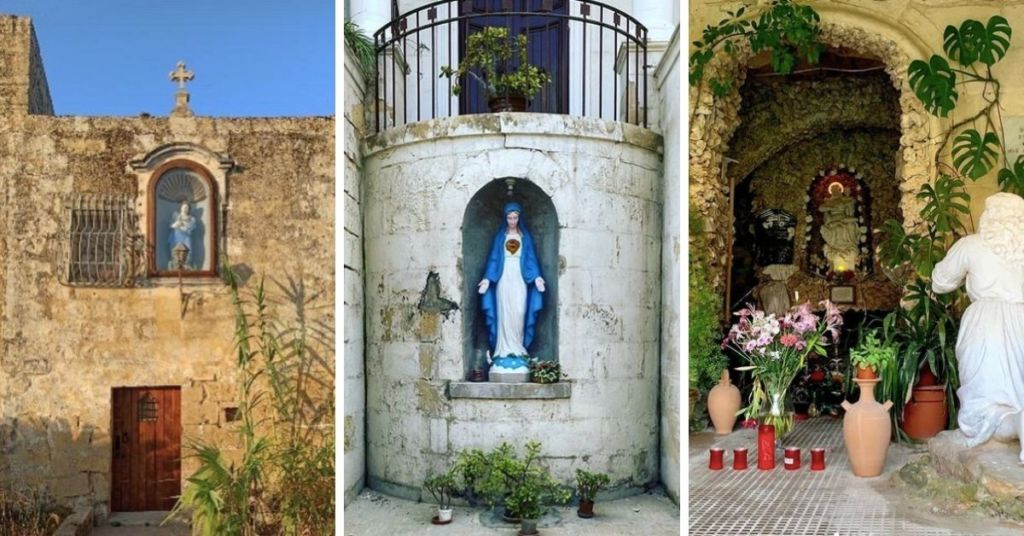Here’s All You Need To Know About The Traditional Maltese Niċċa

Have you ever been walking around an old town in Malta and noticed religious commemorative sculptures incorporated within facades?
Perhaps a saint, or Mother Mary, embedded within a beautiful old house?
Welcome to the fading world of traditional Maltese niches, or niċċeċ in Maltese.
Niches used to be quite a big part of our culture, and are considered to be intrinsically Maltese, but remain underappreciated in modern Malta.
From a historical perspective, niches were brought into Malta in the 16th century, together with the arrival of the Knights of St. John.
In the early days, these architectural features were mainly found in Valletta and the three surrounding cities of Vittoriosa, Senglea, and Cospicua. But soon after, niches also started to be used within smaller villages all over Malta.
Acting as a symbol of religious commemoration and reverence towards the Catholic faith, niches were normally purposed to offer shelter for the religious statues.
The statues placed within niches were often times either the Virgin Mary, Jesus Christ or patron saints from all over the island, depending on the location of the niche.
One patron saint who is present in many old villages is St. Roch (San Rokku), who was considered to be the patron saint offering protection against the plague, among other diseases.
Another one famously known in Malta is St. Paul (San Pawl), who was said to have shipwrecked on one of the Maltese islands and is the patron saint of writers and publishers.
Oftentimes, niches built within a residential building were placed there with the intention of protecting the house, and by extension the people that inhabit the home.
Others were placed on the corner of a building, overlooking the street below and its passerby.
So, what were niches mainly intended for?
Niches served a variety of purposes, offering an opportunity for prayer for passersby. They were also a familiar landmark or meeting point for locals. In some cases, they were simply used for decorative purposes.
They were even used as a status symbol since any member of a higher level of society could typically have the funds to erect a niche.
Now, niches in Malta are protected on the basis of falling within the religious cultural heritage, even if they are not necessarily being used for religious purposes.
We’re starting to see instances around the island of these traditional niches being incorporated within the facades of new modern buildings, as an attempt at saving such a distinct element of Maltese culture.
If you wanna marvel at the traditional beauty of niches, check out @nichesofmalta on Instagram, for a wide collection of images.
Do you think traditional niches should be protected at all costs?
